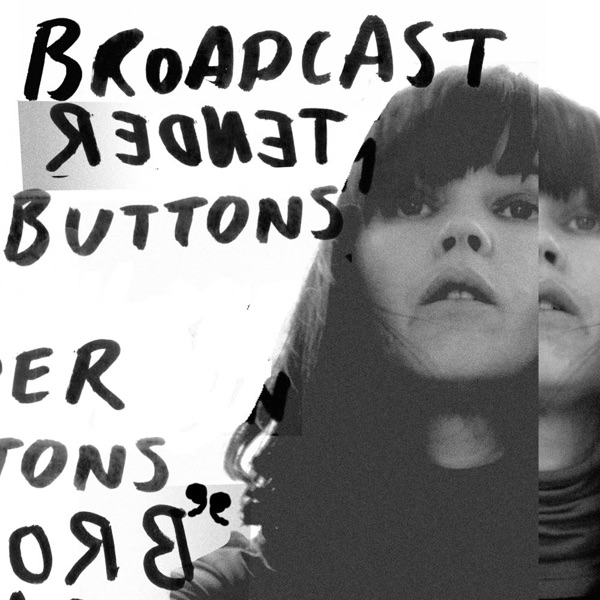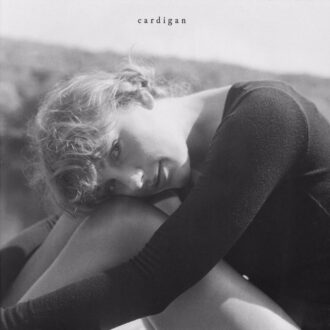It’s almost uncannily fitting that Trish Keenan only exists now in memory, because Keenan was never too firmly tethered to the present. The British singer-songwriter was at a ’60s-themed psychedelic club, after all, when she met musician James Cargill in the mid-’90s, and for the next 20 years she’d excavate cultural and spiritual references of yore into the indietronica band they formed together. Broadcast were a singular group from the start, and it took them a while to find their niche: Their big break came shortly after their formation when their non-album song “The Book Lovers” was featured in Austin Powers: International Man Of Mystery, a film that often dragged ’60s aesthetics and British humor into sheer mockery. Broadcast’s girl-group harmonies and tinny synths suited Mike Myers’ free-love, technicolored escapades, but Keenan never set out for mere nostalgia bait. She wanted her art to feel it existed outside of typical time and space. In that endeavor, she succeeded, right up until she died of pneumonia in 2011 at only 42 years old.
As a quintet with keyboardist Roj Stevens, guitarist Tim Felton, and drummer Steve Perkins, Broadcast quickly signed with their forever label home Warp. The deal raised some eyebrows: At the time, Warp was best known for bolstering IDM stars like Aphex Twin, Autechre, and Squarepusher. Meanwhile Broadcast’s first two albums, 2000’s The Noise Made By People and 2003’s Haha Sound, sounded like a space-age Portishead or a more lo-fi Stereolab, at least to the less attentive ear. On their best album Tender Buttons, released 20 years ago today, Broadcast hit their stride at the intersection of dissonant and harmonic, digital and analog, mortal and immortal, future and past.
“We came back from America on the Haha tour and it just felt like we were really sick of how we worked,” Keenan explained in 2005. “We always wear our references too much on our sleeves. We needed to do something that was more us, other than in the shadow of all the ’60s bands.” And so instead of the Czech new wave allusions and abstract sound collages that drove the narrative of Haha Sound, Keenan found source material for Tender Buttons in the stories of her real life, much like Gertrude Stein did when she wrote the 1914 book after which the album is named: “When I sat down to write the songs I was keen not to say anything,” Keenan said. “I just wanted to play around with words, I wanted to stay free of who I was. But when I let go of all the pressure to describe me it became more personal.”
“Letting go,” in a broad sense, is a major recurring theme around Tender Buttons. It was the only studio album Broadcast made as a duo of its founding members Keenan and Cargill, who apparently “argued heavily” while making the record, though none of that hostility or turmoil ever noticeably transpired to tape — even when the music teeters towards noise-pop, like on the Wild West-satirizing “America’s Boy,” the unlikely pairing of screeching, crunchy synths with Keenan’s buttery incantations emphasizes both elements’ essentiality in the Broadcast formula. Outside of the studio, Keenan wrote much of Tender Buttons between and during visits to her father in the hospital; he died of cancer before the album was released. Letting go of how she viewed herself as a musician and letting go of certain relationships, Keenan explained, paralleled each other.
And so Tender Buttons became Broadcast’s creepiest record, with shades of Keenan’s interest in the occult embellishing her day-to-day observations. Over the simple, plodding guitar riff of “Corporeal,” for example, Keenan ponders the human body as a soulless object: “We are mankind, we are manikin/ With and without mind, with or without Darwin.” How miraculous it is, Keenan seems to say, that the ability to experience curiosity and love has imbued each of our arbitrarily assembled bags of bones.
Elsewhere, Keenan challenges her own limitations as a hominid on this earthly plane: “Can I see more than I’m programmed to be?” she sings on “Arc Of A Journey,” over twinkling, amorphous synths, contrasting the concreteness of natural science with man-made dogma like human law and the Gregorian Calendar. And speaking of passing time, Keenan also contemplates its immateriality in the way dreams seem to go on forever, the way a long-distance runner may obsess over their pace, the way a relationship that exists only in memory still exists.
Tender Buttons is widely considered Broadcast’s penultimate proper release. In 2009 they teamed up with Julian House, the multidisciplinary artist who did Tender Buttons’ striking cover art, for an album called Broadcast And The Focus Group Investigate Witch Cults Of The Radio Age, and Warp — with Cargill’s blessing — has reissued collections of Broadcast demos and rarities. But as far as I’m concerned, Tender Buttons remains their signature work, a quiet yet vital mission statement for a band who was often misunderstood during their run. When days feel bleak, it’s a demonstration in seeing the world beyond its most lucid presentation, appreciating the uncertain, and relinquishing expectations. As Keenan reminds us from the dance floor: “If you’re looking for a chance, then let go.”







